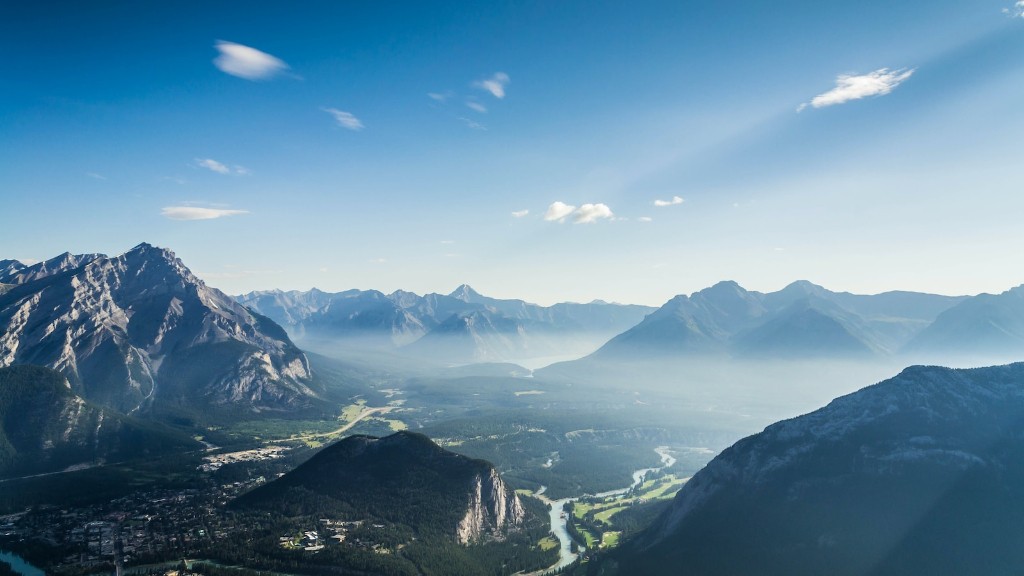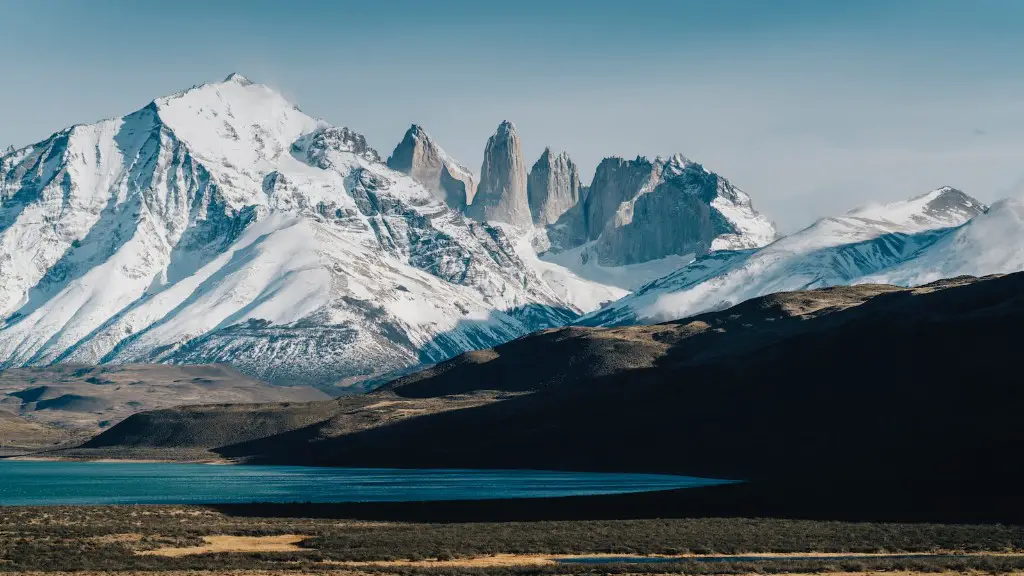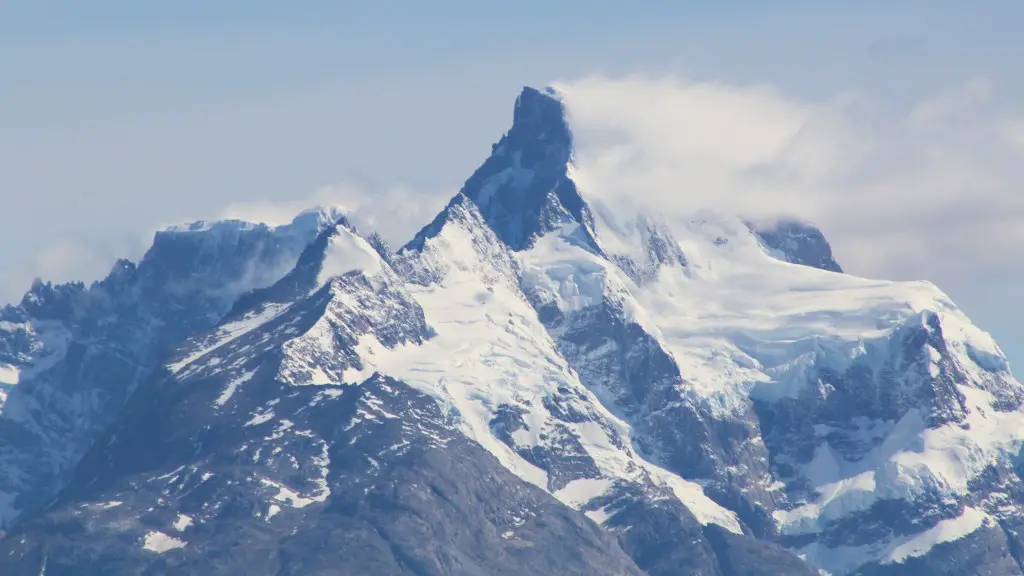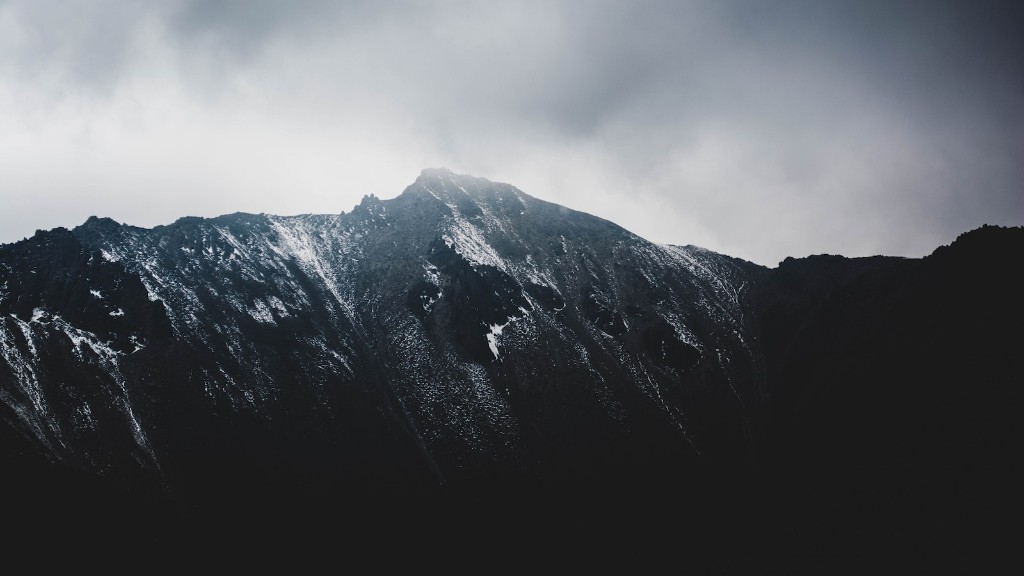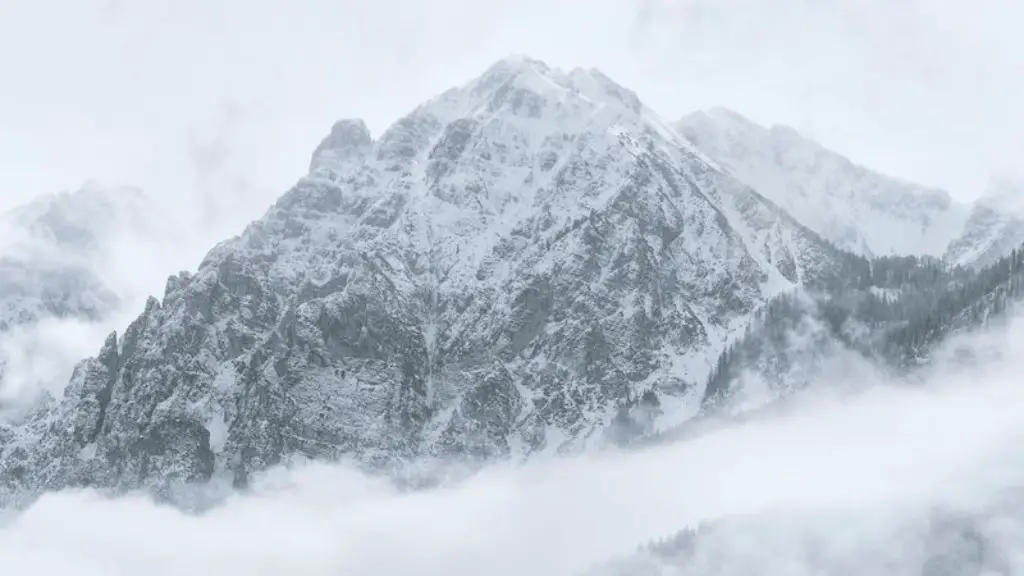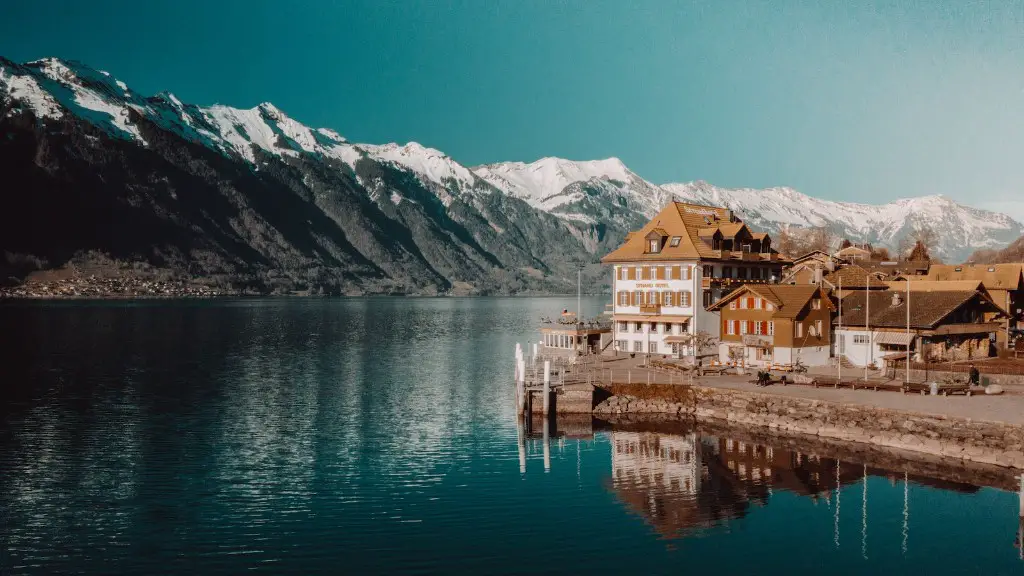Though Mount Kilimanjaro is the tallest mountain in Africa, it is not an active volcano. The last time it is thought to have erupted was approximately 360,000 years ago.
No, Mount Kilimanjaro has not erupted in recent history. The last known eruption occurred at Shira volcano, one of Kilimanjaro’s three volcanic cones, approximately 360,000 years ago.
When did Mt Kilimanjaro last erupt?
Kibo, one of the volcanoes making up Mount Kilimanjaro, is currently dormant but could potentially erupt again in the future. Scientists believe that the last time it erupted was 360,000 years ago. If it were to erupt again, it would be a major event given its size and location.
If you’re planning on summiting Mount Kilimanjaro, don’t worry about the mountain erupting or collapsing any time soon. Scientists haven’t seen any signs that either of these things will happen in the foreseeable future. So go ahead and add Kilimanjaro to your bucket list!
What caused Mount Kilimanjaro to erupt
Mount Kilimanjaro is one of the world’s most famous mountains, and it is also one of the most geologically interesting. The mountain is actually three volcanic cones that have been formed by active continental rifting. Volcanic activity is thought to have started around 1 million years ago, when molten lava began to burst through fractures in the lithosphere. The three cones of Mount Kilimanjaro are actually quite different from each other, and they provide a great example of the different types of volcanic activity that can occur.
About 750,000 years ago, lava burst through cracks in the Earth’s crust created by the shifting tectonic plates. The pressure of the erupting lava pushed the earth upwards, resulting in the Shira portion of Kilimanjaro forming. Shira was volcanically active for about 250,000 years before it collapsed to form a caldera.
How many deaths on Kilimanjaro per year?
Approximately 30,000 people attempt to climb Mount Kilimanjaro every year, and the reported number of deaths is about 3 to 10 fatalities per year.
Mount Kilimanjaro is a large volcano made up of ash, lava, and rock. It is one of the tallest mountains in the world and is a popular destination for climbers and hikers. The mountain has three cones: Shira, Mawenzi, and Kibo. Shira and Mawenzi are both extinct volcanoes, meaning that there is no activity underneath these cones. Kibo, on the other hand, is an active volcano. Although there has been no recent eruptions, scientists believe that it is still active and could erupt again in the future.
Is Kilimanjaro in the death zone?
Most of the routes up Kilimanjaro are safe, but the Western Breach area has risks of rock falls, which have led to tragic deaths in the past. The other routes are safe, so it’s recommended to avoid the Western Breach Route.
Although all three of Kilimanjaro’s volcanic cones are inactive, Mawenzi and Shira are considered extinct while Kibo, the highest peak, is only dormant. This means that an eruption is still possible, although it is unlikely. The last known eruption on Kilimanjaro occurred over 360,000 years ago.
How many people fail Kilimanjaro
Overall, the success rate for summiting Kilimanjaro is between 45-65%. This percentage is based on all routes and climbers. The average length of time it takes to summit is a week. Any shorter itinerary has a higher chance of failure.
If you’re planning on scaling Mount Kilimanjaro, there are a few risks you should be aware of. The main risks are altitude sickness, accidents, inclement weather, and rockfall. Altitude sickness can be dangerous if you don’t take the necessary precautions, and Accidents can happen if you’re not careful. Inclement weather can also be a risk, and rockfall can be dangerous if you’re not careful.
Is Mt Everest a volcano?
Mount Everest is not a volcano, but was produced from a tectonic collision between the Indian and Eurasian tectonic plates tens of millions of years ago.
Though the exact number is unknown, it is estimated that 10 climbers die on Kilimanjaro every year. The main reason for this is altitude sickness, which is caused by the high elevation of the mountain. Symptoms of altitude sickness include headache, nausea, and fatigue, and can be fatal if not treated properly. climbers should be aware of the risks of altitude sickness and take precautions to avoid it.
How much of the snow of Mt Kilimanjaro has disappeared
The mapping of Kilimanjaro’s ice cover has been recorded since the early 1900s, and it has been determined that since 1912, more than 80% of the ice cover atop all of Kilimanjaro has already disappeared. This is a significant loss of ice, and it is believed that the trend is likely to continue given the current rate of global warming. This is a cause for concern, as the ice cover of Kilimanjaro is a important part of the local ecosystem.
Mount Fuji has been a popular destination for centuries, and its last eruption was in 1707. However, there have been no signs of volcanic activity since the 1960s. While it is possible that the volcano could erupt again, it is unlikely in the near future.
Are the snows of Kilimanjaro gone?
Climate change is still happening, even though Kilimanjaro’s glaciers haven’t fully disappeared. It’s possible that the glaciers could disappear completely in the future, but that doesn’t mean that climate change isn’t happening.
On summit night, you’ll be trekking for around 7-8 hours to reach the summit of Kilimanjaro. This is much longer than the average trekking day on Everest Base Camp, which is around 5-6 hours. Summit night on Kilimanjaro is also much colder, with temperatures potentially dropping as low as -20 degrees Celsius.
Final Words
No, Mount Kilimanjaro has not erupted in recent history. The last known eruption occurred over 120,000 years ago.
No, Mount Kilimanjaro has not erupted in recent history. Although it is an inactive volcano, it is still considered dangerous because of the large amount of ice and snow on the mountain.
